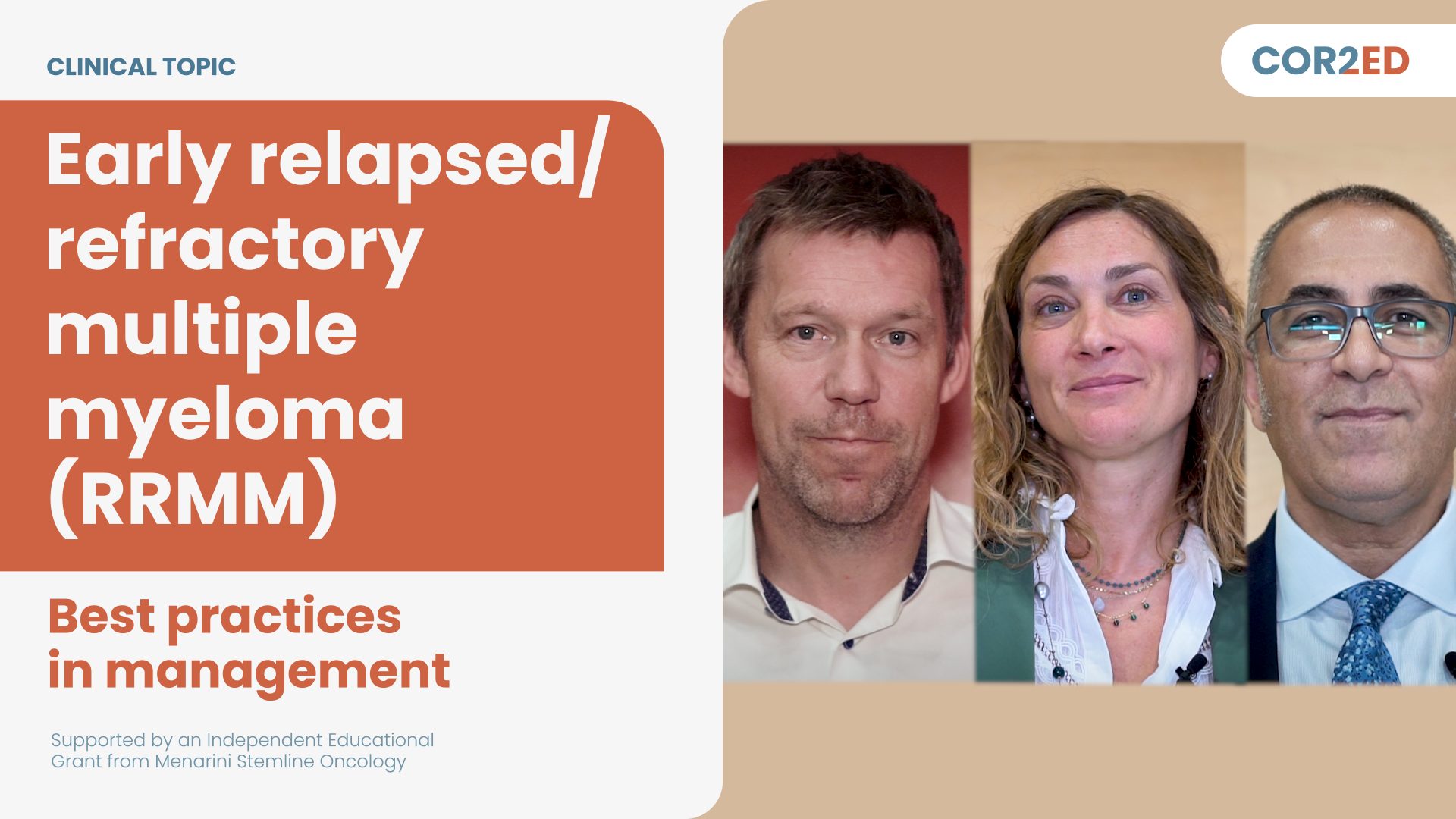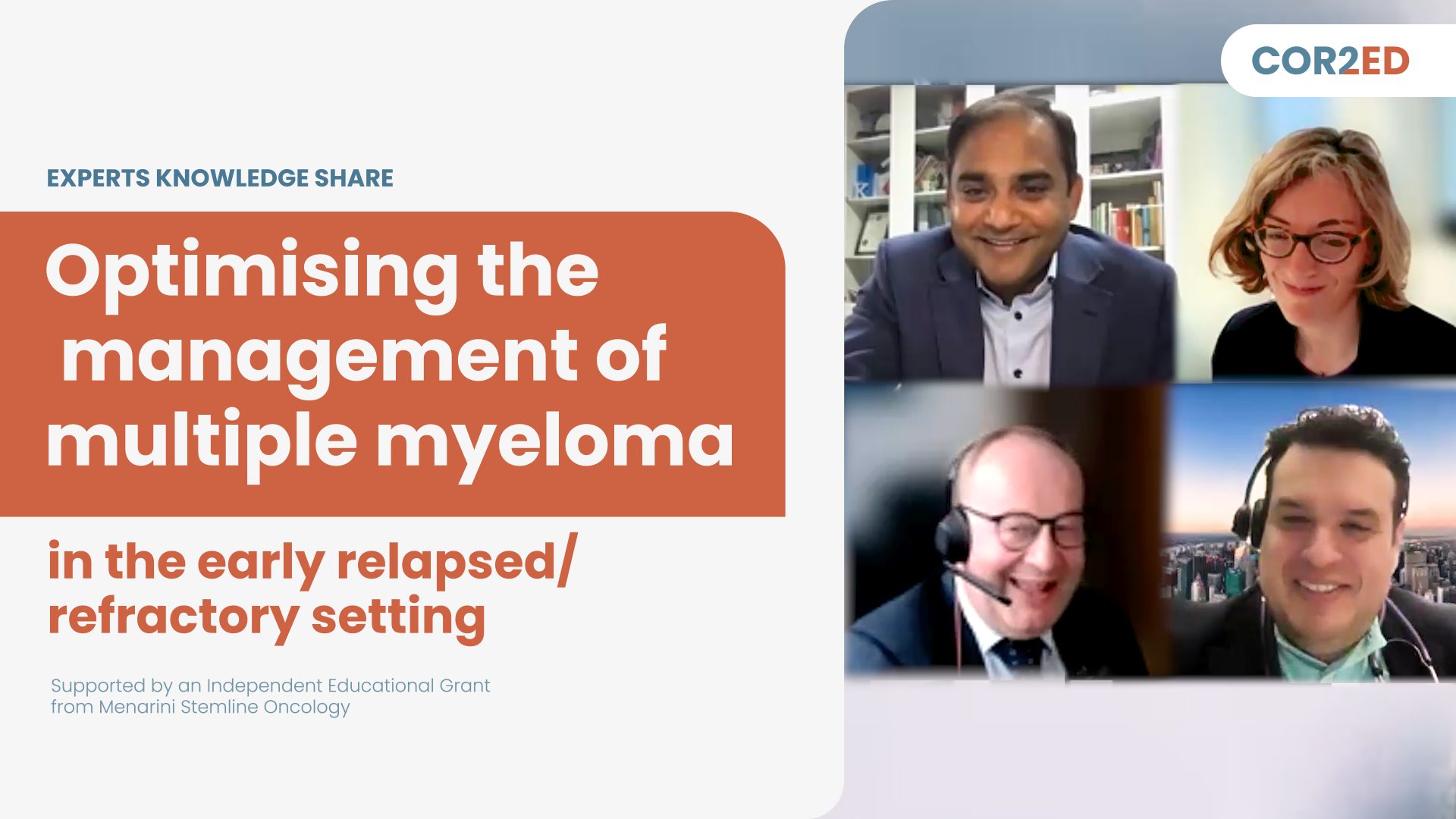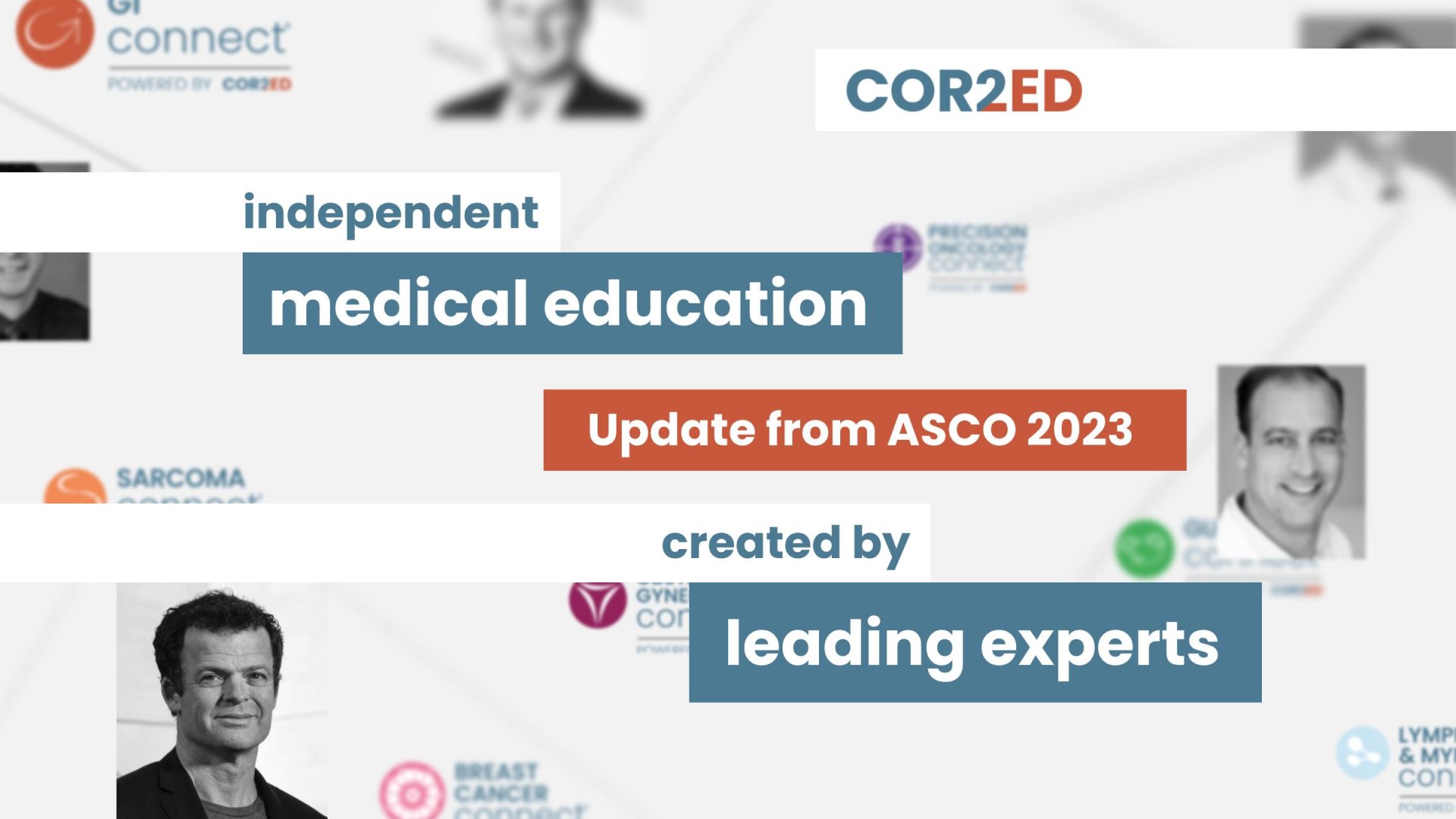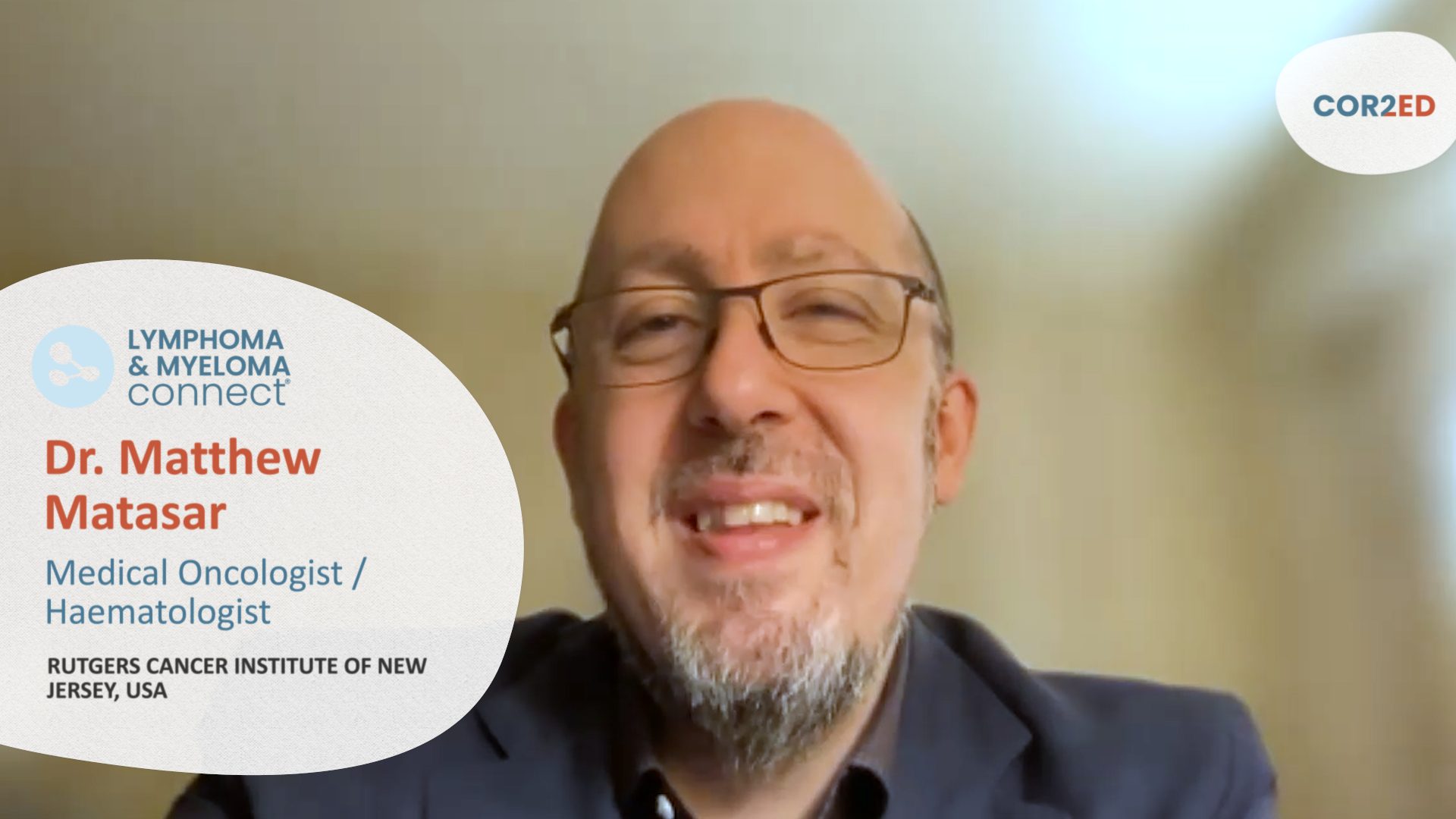Alexander Lesokhin:
Hello and welcome to this podcast on multiple myeloma. My name is Alex Lesokhin, I'm a medical oncologist at Memorial Sloan Kettering Cancer Centre with a specific focus on multiple myeloma. And here I'm joined by Mariví Mateos.
María Victoria Mateos:
Hello, and I am Mariví Mateos, Director of the Myeloma Unit at the University Hospital of Salamanca in Spain. It's a great pleasure to be here with you in this podcast. The audience in the two previous episodes heard our colleague Joshua Richter and Karthik Ramasamy discuss how they choose the best treatment regimen for patients with multiple myeloma. In this episode, Alex and I discuss how we go about these treatment decisions in patients with multiple myeloma, but we will focus on a specific subgroup of patients with high-risk cytogenetic abnormalities.
So, let's start with exploring some of the treatment options that we have for these patients. Let's start with you, Alex. In the US, you probably have access to a different range of treatment than I do here in Europe.
Alexander Lesokhin:
Thanks, Mariví. Yeah, I'll start with just defining the high-risk cytogenetic patients, so that we all are talking about the same thing here. And you know for sure that IMWG criteria help us with translocation t(4;14), t(14;16), del17p; I would include t(14;20) there, as well as gain of chromosome 1q, patients with extramedullary disease, revised ISS stage 3 as folks with high-risk disease at presentation. So, when I see those patients, for transplant eligible patients I tend to think about quad therapies with Dara-KRD, if I'm able to access that. And if not, then Dara-RVD. I take these patients to transplant and then consider doublet maintenance afterwards with carfilzomib-lenalidomide maintenance. And for transplant ineligible patients I think about a triplet with a Dara-based combination.
In the relapsed setting, of course I think about what the patient previously received and thinking to treat with a triplet combination, for example, if someone is progressing off of lenalidomide to a pomalidomide combination or something of that sort.
What does it look like in Europe?
María Victoria Mateos:
I think that, Alex, in Europe, as in the US, we don't have specific combinations for patients with high-risk cytogenetic abnormalities. What I usually try to do in my clinic is to offer to my patients with a high-risk the best combinations possible. Trying to achieve a minimal residual disease negative and sustain it over time. Because we've seen in several clinical trials how the achievement of MRD negativity is able to overcome the poor prognosis of the presence of these high-risk cytogenetic abnormalities.
And in the clinical practice, well, carfilzomib is not available in first line for patients with a high risk. So, if the patient is transplant eligible, we use VRD followed by an autologous stem cell transplantation and maintenance with a doublet combination, basically based on lenalidomide plus bortezomib. Daratumumab is being incorporated into our treatment landscape of but in combination with VTD. And we know that this quadruplet combination improves the outcome of patients with high-risk cytogenetic abnormalities. In the elderly population my first choice would be dara-len-dex. If this combination is not available, bortezomib, lenalidomide and dexamethasone may be, through the VRD-light scheme, for the transplant-ineligible population. In the relapsed refractory setting I usually use the same concept and definitely try to see to which the patients was previously exposed to see to which the patient was refractory in order to select carfilzomib, pomalidomide or anti-CD38 monoclonal antibodies if the patient was naïve. Considering of course the BCMA-targeted therapy that is coming. And I can’t forget the clinical trials if they are available.
Alexander Lesokhin:
For sure, this all sounds very reasonable, and of course, things that we would use, especially in situations where, at least in the initial setting, carfilzomib is not available to us. So, I guess then the question here, particularly in the relapse, is how do you decide when to go for a treatment option in a patient with high-risk cytogenetics? Are there specific things or specific factors that you focus on when you're thinking about treatment choices?
María Victoria Mateos:
Yeah, sure. I think that this is the critical question because we have always to consider some patient- and disease-based factors in order to make the right choice. And I would say that, regardless of the presence of high-risk cytogenetic abnormalities, we have to consider the chronological age, frailty, comorbidities, organ function - the renal, the liver, the heart function - but also maybe the social support, the lifestyle. And we have to incorporate the presence of one or more high-risk cytogenetic abnormalities as the key disease-related factors.
Today, with the combinations we have so far available, I would say that at the first relapse, at least here in Europe, majority of the patients are refractory to lenalidomide. And if they present with high-risk cytogenetic abnormalities we can assume that a majority of the patients will relapse under lenalidomide treatment before expected. This means that these patients, if they are naive to an anti-CD38 monoclonal antibody, this would be my first choice in combination with either carfilzomib and dexamethasone or pomalidomide and dexamethasone, depending on comorbidities, prior medical history, frailty. I’m always assuming that all these combinations are effective in patients with a high-risk, but that they do not specifically overcome the poor prognosis.
Sometimes…I don't know what your experience is in selecting some specific drugs for some specific cytogenetic abnormalities? Recently, data were reported on the efficacy of isatuximab, an anti-CD38 monoclonal antibody, in combination with carfilzomib and pomalidomide in patients with abnormalities of chromosome 1, and maybe this would be a choice. Another potential combination in early relapses would be the use of selinexor in combination with bortezomib and dexamethasone in patients with del17p. But definitely, I think that it is difficult because, well, the high-risk population is usually underrepresented in the overall clinical trials. So, it is difficult from my point of view to select some specific combinations for some specific cytogenetic abnormalities.
I don't know what is your experience, and if you have some specific combinations for patients with a specific cytogenetic abnormalities?
Alexander Lesokhin:
I always find this to be, as you're pointing out, one of the most challenging areas for us in managing our patients. I agree with you completely that the addition of the anti-CD38s can help, you know, carfilzomib can help. Selinexor data with the Boston study is intriguing for, for example, 17p. The activity level with isatuximab-carfilzomib-dex in chromosome 1q is encouraging. However, as you point out, these help, but it's not clear that they are inherently altering the underlying biology of the disease.
So I think the approach is generally: what were you on most recently? How is the response kinetic? And let's use a different mechanism of action and combine it with something you have not seen before. So, if someone is progressing on lenalidomide-based maintenance with a proteasome inhibitor, historically the data supported Velcade and lenalidomide. So, some of the patients from where I've had treatment from a couple of years back may be on that. Then I would switch over to a carfilzomib-anti-CD38 combination. However, if someone is in the current space progressing on the carfilzomib and lenalidomide, then an anti-CD38 with pomalidomide might be the choice that I would make. And I might even add cyclophosphamide to that simply because the data, particularly, for example, with the APOLLO trial, the high-risk cytogenetics there, the outcomes were somewhat discouraging, I would say, compared to the standard-risk subgroup in that disease. Now, of course, that doesn't mean I would avoid pomalidomide with anti-CD38, for sure I would not, but I would definitely be inclined to add something else to it in that situation.
María Victoria Mateos:
Yeah, sure, I completely agree. And indeed, while the patients with high-risk cytogenetic abnormalities remain a challenging population, even with the incorporation of the novel BCMA-targeted therapy. The data we have are coming from BCMA-CAR-T’s in this population are exciting. But when we look at the outcomes, we have the opportunity to see how the outcome is a bit inferior in comparison with the standard risk.
Just a brief question, Alex. Any specific recommendation for patients with extramedullary disease? Because this is also a population with a high-risk feature, in spite of the absence of high-risk cytogenetic abnormalities.
Alexander Lesokhin:
I tend to view these patients as a unique subgroup of the disease, one where there's generally a higher proliferative index specifically in those lesions. And I tend to think more towards alkylator-based combinations in that stage. But I would definitely humbly approach these cases. These are very, very challenging disease subsets where, you know, I think early incorporation of clinical-trial approaches would be the way to go. At our centre, and I wouldn't say that this is necessarily a mainstream view, but at our centre we would consider even for a younger patient population with an available donor match, we would consider allogeneic stem cell transplantation in this subgroup because of the challenging nature of this disease.
María Victoria Mateos:
Of course, I completely agree and although you went back to the allogeneic stem cell transplantation, I think that if we look a bit into the future, Alex, what are the unmet needs that you see in this area and how can they be addressed?
Alexander Lesokhin:
Well, I think the extramedullary disease is definitely an area of unmet need. I think the patients with more than one cytogenetic abnormality or what we now classify as the ultra-high-risk cytogenetic subgroup, these are patients that frequently will progress even during induction therapy or very early post transplant. These are areas of significant unmet need where I would say that our treatment paradigms need to be perhaps even rethought.
And as with all myeloma patients, including standard risk, you know, the patients that become refractory to both proteasome inhibitors, both IMiDs and anti-CD38, I mean, those patients are for sure an unmet need across the spectrum of myeloma, but it just happens faster in patients with high risk. That doesn't mean it's less or more of an unmet need in either setting, but it for sure is an unmet need across the board and just more pressing for patients with high-risk disease.
María Victoria Mateos:
From my point of view, if I can briefly add just a comment, I think that we need trials specifically conducted for patients with a high-risk cytogenetic abnormalities with specific objectives. Maybe with a more intensive approach, trying for the majority of the patients to reach minimal residual disease negativity. I think that if we conduct specific clinical trials for these patients, this is going to be the only way we can answer to the previous question: how to select the appropriate therapy for this specific group of patients?
Alexander Lesokhin:
I wonder if I could just ask, what do you think about the idea here of designing trials, specifically looking at MRD negativity as an endpoint, particularly in the patients with high-risk cytogenetics with treatment paradigms not prescribed but rather adjusted depending on depth of response and MRD status. I wonder whether, you know this would be a way to go forward?
María Victoria Mateos:
Yeah, definitely. We have been involved in the design of a new clinical trial for patients with a high risk in which we are going to do exactly what you say. We are going to adapt the therapy, different mechanism of actions, based on the achievement of minimal residual disease negativity, because the idea is to expose the plasma cells to different agents because our objective is the majority of the patients them to reach MRD negative.
Alexander Lesokhin:
This is, I think for sure, the way forward. And I would suggest that this kind of approach is something that we will learn on from our experiences with high-risk cytogenetic patients and then likely apply them across the board to patients with standard risk in the future.
So if I were to, you know, sort of think about these unmet needs, what do you think about all of the bispecific therapies? You know, for sure, these are investigational now, but at least, you know, in the U.S., some are likely to become available by the end of this year and early 2023. How would you envision using those once they become available to you more broadly in Europe outside of clinical trials?
María Victoria Mateos:
Yeah, definitely. The bispecific monoclonal antibodies I think are great drugs. But right now, from my point of view, the landscape is a bit crowded because we have a long list of bispecific monoclonal antibodies targeting either BCMA or GPRC5D, or FcRH5. And the data we have are exciting, but honestly, we don't have a solid data on progression-free survival or overall survival. So I think that we need these data, especially in order to put them in the context of the cell therapy, the BCMA CAR-Ts, or even other CAR-Ts. Definitely the availability is going to be broader than for CAR-Ts, but we need to know what is the median progression free survival, what is the overall survival. But definitely a main advantage for the bispecific monoclonal antibodies is these are off-the-shelf drugs, so higher availability, a greater potential to be combined with other bispecific monoclonal antibodies, with anti-CD38 monoclonal antibodies or even IMiDs, So if we can expect an inferior efficacy a bit inferior efficacy in comparison with CAR-T, maybe this can be compensated because of the possibility of being combined.
Alexander Lesokhin:
Absolutely. I would agree completely.
Do you see the role of CAR-T in high-risk disease as still a one and done type approach? Or do you also think that there we will need to add additional agents to maintain?
María Victoria Mateos:
Well maybe. And this is what I previously said, while we have a data from ide-cel and cilta-cel in patients with a high-risk, and the data are exciting, it is good data. But the progression free survival is a bit inferior in comparison with the standard risk. Indeed we have experience with patients included some clinical trials, some patients with high-risk cytogenetic abnormalities. Usually the durability of the response is shorter than expected. So maybe this is exactly what you say? We need to incorporate maintenance approaches after CAR-T, especially in order to maintain that the response achieved.
Alexander Lesokhin:
For sure, for sure.
María Victoria Mateos:
Thank you for this discussion. I think that it has been a great discussion with you, sharing our view from the US and the European perspective. I don't know, Alex if you wanted to summarise your take aways?
Alexander Lesokhin:
Sure. So, I mean, I think as we've discussed, the key takeaways really are that we need additional clinical trials designed specifically for high-risk multiple myeloma subgroups so that we can better understand what the specific agents are for a specific cytogenetic abnormalities so that we are able to personalise our treatment approaches. And I think the other main takeaway I have is that the advent of sort of immune therapies with CAR-T and bispecific therapies is very exciting and hopefully will allow us to continue to help these patients.
María Victoria Mateos:
Thank you. I would like also to finalise saying that the audience has to try to utilise the best combinations possible for patients with high-risk cytogenetic abnormalities, trying in these patients to reach to the deepest response possible.
And I thank you very much for this nice discussion, Alex. Then before we close, I invite to all of you to listen to the other episodes of this podcast series on multiple myeloma. To learn more about the treatment selection in the newly diagnosed and relapsed/refractory settings. The full series is available on cor2ed.com and on your preferred podcast platform.

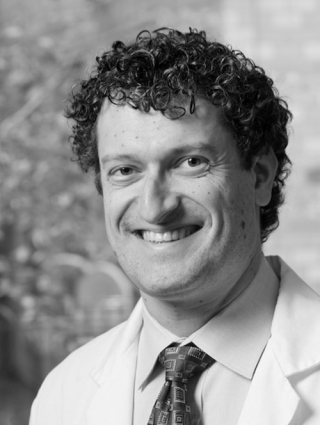



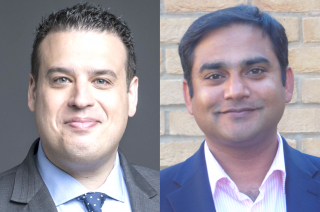

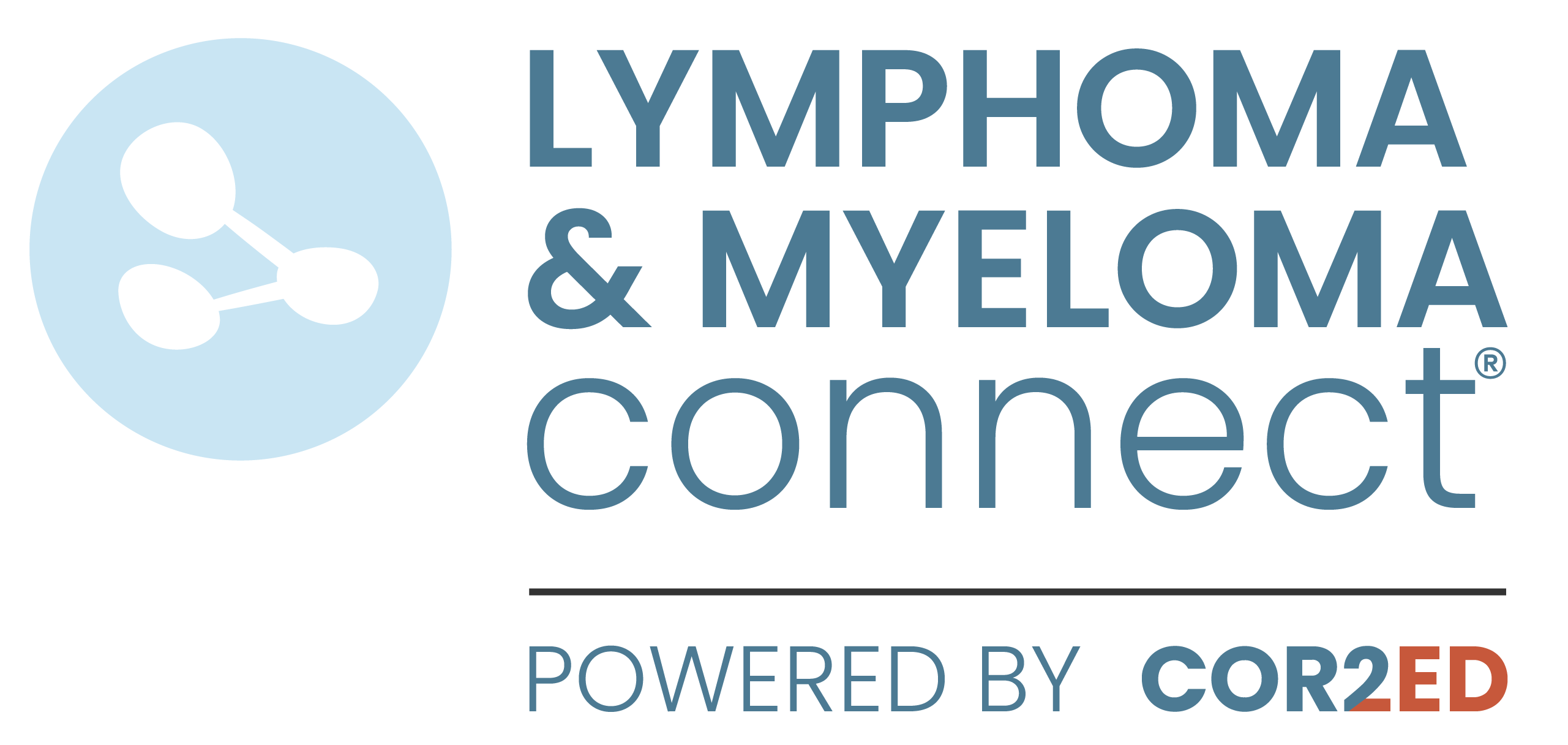
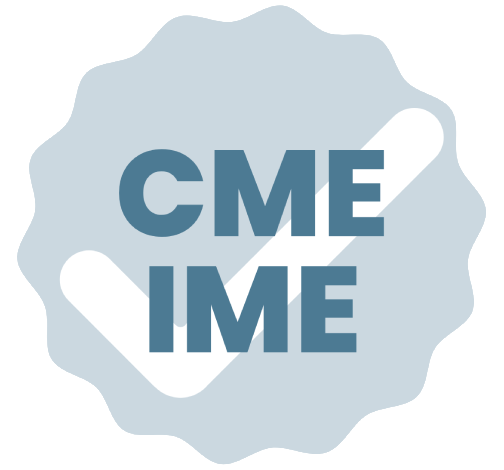
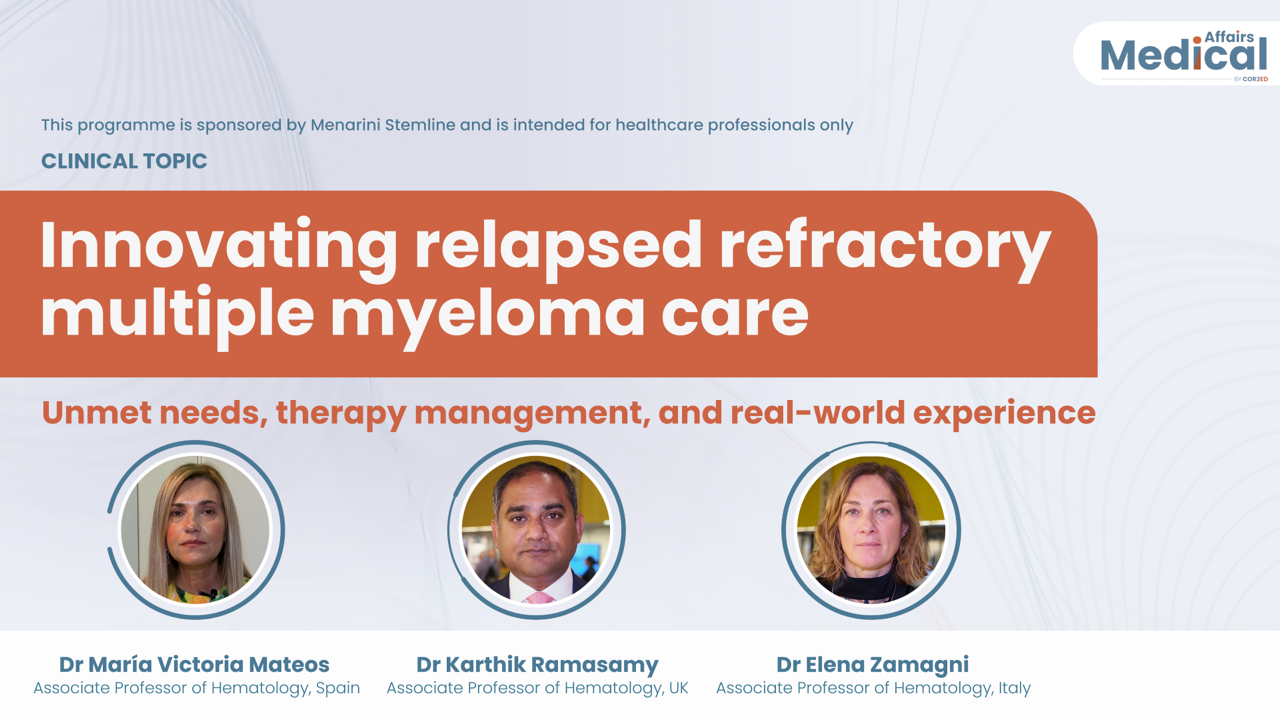
 Downloadable
Downloadable  5 MIN
5 MIN
 Jun 2025
Jun 2025 
